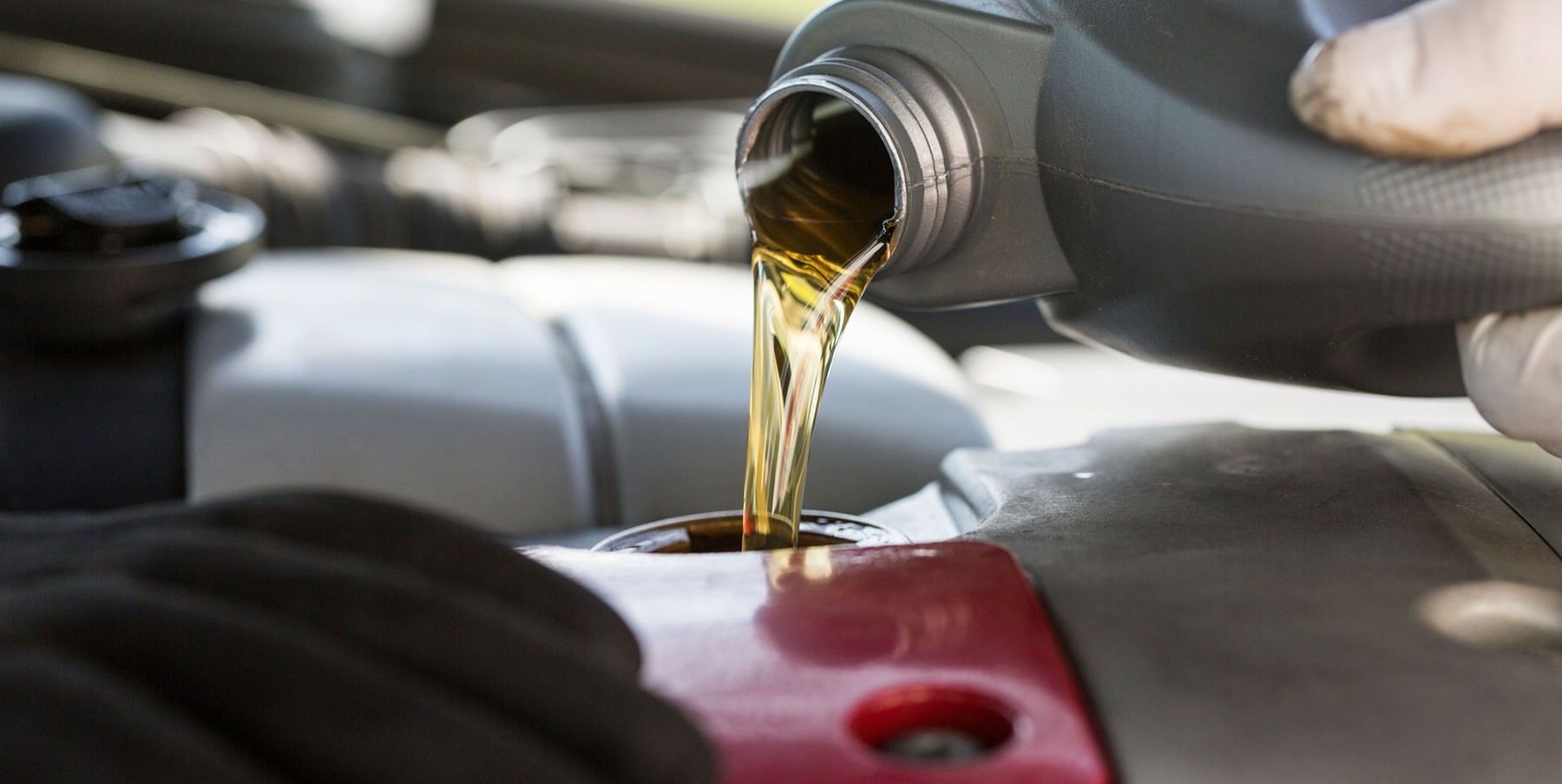
I was instructed in the process of changing the oil in my car by my late father soon after obtaining my driver’s license. Many scorching mornings were spent in our Texas driveway, ensuring that my aging vehicles were in optimal condition. While his guidance was comprehensive, there were valuable insights gained through practical experience for both of us. Although some of these observations may appear obvious, they collectively contribute to a more streamlined DIY oil change process.
Referring to the car manual before initiating any maintenance is a fundamental step. Additionally, it is advantageous to conduct a thorough inspection of the vehicle a day prior to the planned oil change. Are there any components obstructing access to the oil filter? If so, what tools will be necessary to safely displace them and reinstall them afterward?
In modern vehicles, the oil filter is typically conveniently located near the top, but older models may lack such design considerations. Both of my initial cars, Ford models from the mid-1990s, had the oil filter concealed deep below an array of hoses. Accessing these oil filters necessitated extensive trial and error, often consuming more time than the actual oil draining and replacement process.
Most automobiles are equipped with specialized notches or a dedicated jacking plate to provide a secure point of contact for the car jack. In instances where a jacking plate is located underneath the engine, it is crucial to employ a flashlight and conduct a thorough inspection—no, a quadruple verification—that confirms the car jack is not in contact with any other components within the engine compartment.
The vehicle I am currently operating represents my first encounter with a designated jacking plate, as opposed to notches. During my initial attempt to lift the vehicle, I inadvertently made contact with the windshield wiper fluid reservoir, resulting in an unfortunate crack and subsequent leakage of wiper fluid. D’oh!
Stabilize the Rear Wheel Opposite to the Jack Stands To prevent inadvertent movement of the vehicle, position a brick or a piece of wood to stabilize the rear wheel opposite the jack stands. Also, ensure that the parking brake is engaged.
Both Steel and Aluminum Jacks are Viable Despite aluminum often being perceived as less robust and less secure than steel, aluminum jack stands demonstrate adequate durability. Steel jacks, being a more economical option, provide a cost-effective alternative. In summary, either material is suitable for the intended purpose.
Apply Lubricating Oil to the Filter Seal This can be accomplished by applying a small quantity of oil to the filter seal using a fingertip. This step holds significant importance as it aids in maintaining the integrity of the seal during engine startup. I distinctly recall a stern admonishment from my father during my initial attempt at a solo oil change when I contemplated bypassing this pivotal step.
Position a Metal Drip Pan Beneath the Oil Collection Receptacle Safeguard your garage floor or driveway by placing a sizable metal drip pan. It is lightweight, easy to clean, and facilitates moving the oil collection receptacle with ease, allowing for slow sliding without having to go under the car.
Utilize a Transportable Oil Collection Receptacle Ensure the usage of a collection receptacle designed for portability, resembling a jug. Avoid the hassle of pouring used oil from a collection pan into a precarious funnel, a practice prone to creating a mess.
Dispose of the Used Oil Filter Responsibly While my father used to discard used oil filters directly into the trash, current best practices emphasize recycling. Once the oil is drained from the filter, accomplished by puncturing the top dome with a screwdriver, the filter can be recycled. Allow the oil to drain into your collection receptacle. For locating appropriate facilities to recycle used oil and oil filters, Earth911 offers a directory accessible through iRecycleOil.com.
